Beautifully and meticulously rendered throughout, the sitter has been depicted in a blue and white dress and a russet mantle, and set within a feigned stone cartouche. The sheer gauzy drapery that falls from her hair was depicted many times by the artist – evidence of the studio practise of the time that when an artist found success with a formula, they were not afraid to repeat it. Much of the attractiveness of this portrait resides in its graceful manner and the utter beauty of the youthful sitter. The portrait can be dated to circa 1680 based on the sitter’s attire, hairstyle, and other portraits by Wissing using the same formula. The present portrait may have been painted to mark the occasion of her marriage on 21st March 1680 to Thomas Pelham, 1st Baron Pelham of Laughton Bt. (c.1653-1712).
Elizabeth Jones was born around 1664 and was a daughter of Sir William Jones of Ramsbury (1630-1682), Wiltshire, a lawyer and politician, and his wife Elizabeth, daughter of Edward Alleyn of Hatfield Peverel, Essex. Sadly, her marriage to Thomas Pelham did not last long as she died and was buried at All Saints, Laughton, England on 13 October 1681 (although some accounts claim she died in 1685). She had two daughters, Lucy (died 1689) and Elizabeth (died 1711). Elizabeth, married Charles, 2nd Viscount Townshend in 1698. Thomas Pelham’s children by his subsequent marriage to Grace Holles included Thomas Pelham-Holles, Duke of Newcastle-upon-Tyne and Newcastle-under-Lyme, and Henry Pelham, Chancellor, and Prime Minister.
Until 1897 the work was in the collection of the important Austrian and French art dealer, collector, and publisher Charles Sedelmeyer (Vienna 1837 – Paris 1925), who was active in Paris from 1866, with premises at 6 rue de la Rochefoucauld. Sedelmeyer was immensely respected in the field and exhibitions attracted innumerable people. He never ceased to search for and buy old paintings and he catalogued and published, in thirteen volumes, all the works that passed through his gallery, including many masterpieces such as the Great Madonna of Colonna, by Raphaël, and nearly one hundred works by Rembrandt. He helped to build some of the richest collections in the world such as the collections of the two brothers Rodolphe and Maurice Kann. At the request of Mr. Marquand, president of the Metropolitan Museum, he was the first, in 1887, to show in this museum a series of remarkable works by the Dutch masters. He was particularly fond of the Dutch School of the 17th century and the English School and he collected the best works from these schools with great enthusiasm and ardour. Upon his early retirement he sold not only his commercial stock but his private collection, which exceeded a thousand paintings by the most illustrious masters of all schools, in colossal dispersion across a series of sales. Interest was such that curiosity abounded and collectors from across the world descended upon the Hôtel de la rue de La Rochefoucauld.
Willem Wissing was a Dutch artist who enjoyed a solid artistic training at The Hague under Arnold van Ravesteyn (c.1650-1690) and Willem Dougijns (1630-1697). He came to London in 1676 and most probably joined the studio or Sir Peter Lely as an assistant that same year. After Lely’s death in 1680 he effectively took over his business and he scaled the heights of patronage with extraordinary ease, creating an independent practise in 1687, and painted for very important aristocratic patrons, devising patterns that he could use repeatedly. The technique used in our portrait relates to many other works by Wissing and Jan van der Vaart, a drapery painter who collaborated with Wissing, including (although in three-quarter length) a portrait in the Metropolitan Museum of New York (accession Number: 39.65.7). The blue draperies in all these paintings are similar in shape, lighting, and the amount and type of wear.
King Charles II was so impressed by a portrait Wissing painted of his illegitimate son the Duke of Monmouth in 1683 that he commissioned his own portrait and that of his Queen Catherine of Braganza. His polished elegance, luscious detail and atmospheric power ensured his meteoric rise from studio assistant in 1680 to royal painter in all but name in 1683.
The painter’s last great patrons were John Cecil 5th Earl of Exeter and his Cecil and Brownlow relatives in Lincolnshire before his career was to be abruptly cut short with his early demise in 1687, aged just 31, giving rise to the sort of romantic apocrypha that attach themselves to genius. At that time, he was staying at the Earl’s seat Burghley House, engaged on his most ambitious work, a vast canvas showing the Earl and his five grandsons at full length. John Vandervaart (whom Wissing collaborated with) took over Wissing’s studio and set up in practice on his own.
Our thanks to Dr Karen Hearn who has confirmed the authenticity of this work based on a photograph.
Provenance:
• With Charles Sedelmeyer (1837–1925), Paris, until 1897, invoice 11051 (label verso: “Original painting by Sir G. Kneller, Lady Pelham from me to Director Dr. jur. A. Salomonsohn sold, January 1, 1897") (red wax seal verso, "Vente Sedelmeyer Paris");
• Private collection of Dr iur. A. Salomonsohn, from 1897;
• Collection of Han Coray-Stoop (1880–1974), Erlenbach;
• Sale Fischer, Lucerne, 29 July 1925, Lot 89 (as Godfrey Kneller, portrait of Lady Pelham);
• Sale Fischer, Lucerne, 5 Sept 1942, Lot 1220 (as Godfrey Kneller, portrait of Lady Pelham), Sale: Ms. R., Zurich; [and] Dr. Roman Abt, Lucerne [and] castle property in western Switzerland, [and] Carl Schneider Collection, Jaffa, [and] André Bircher Collection, Cairo, [and] Important painting collection;
• With A. Mak, Amsterdam;
• Private collection, Switzerland
Measurements:
Height 94cm, Width 81cm framed (Height 37”, Width 31.75” framed)



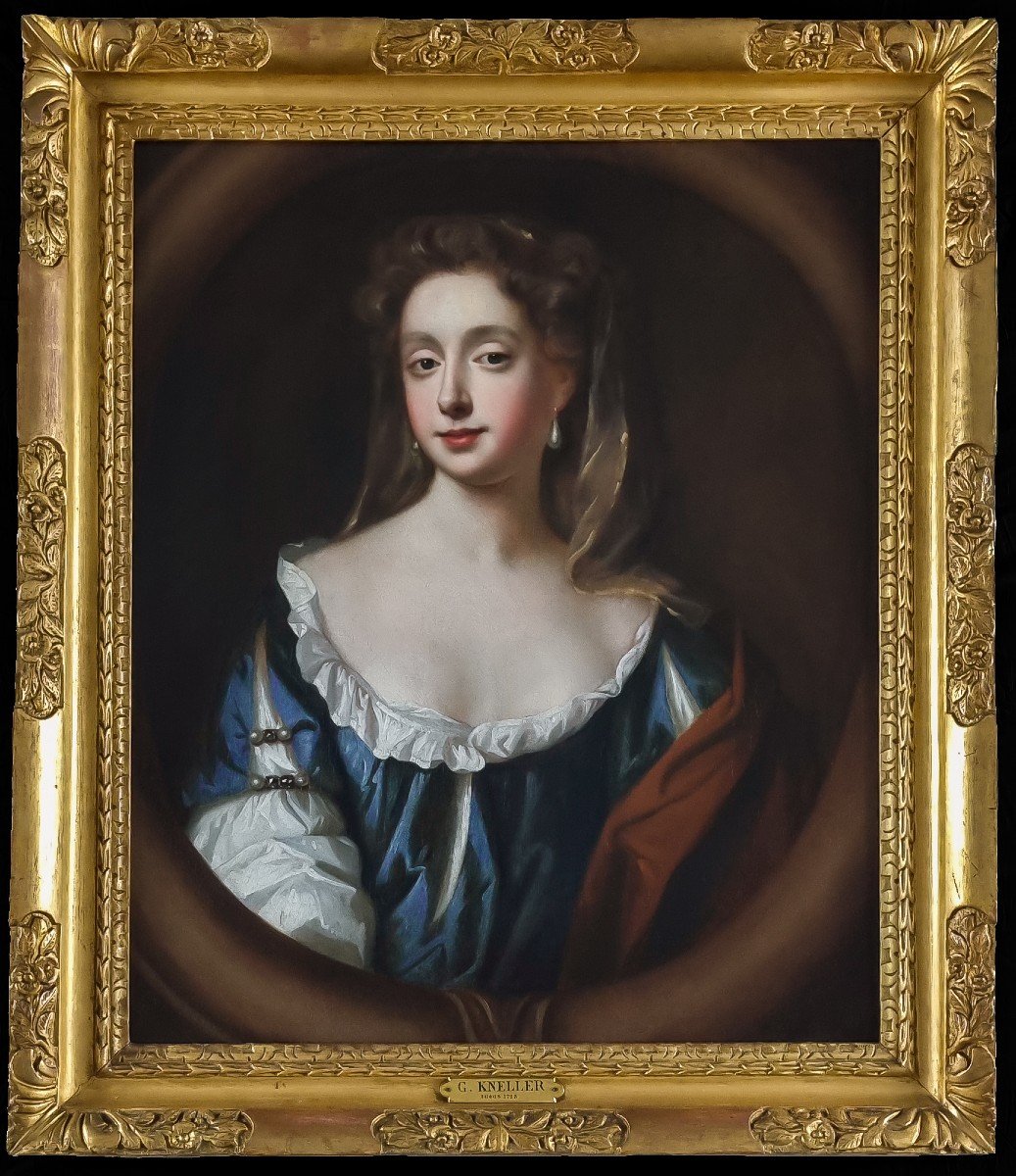
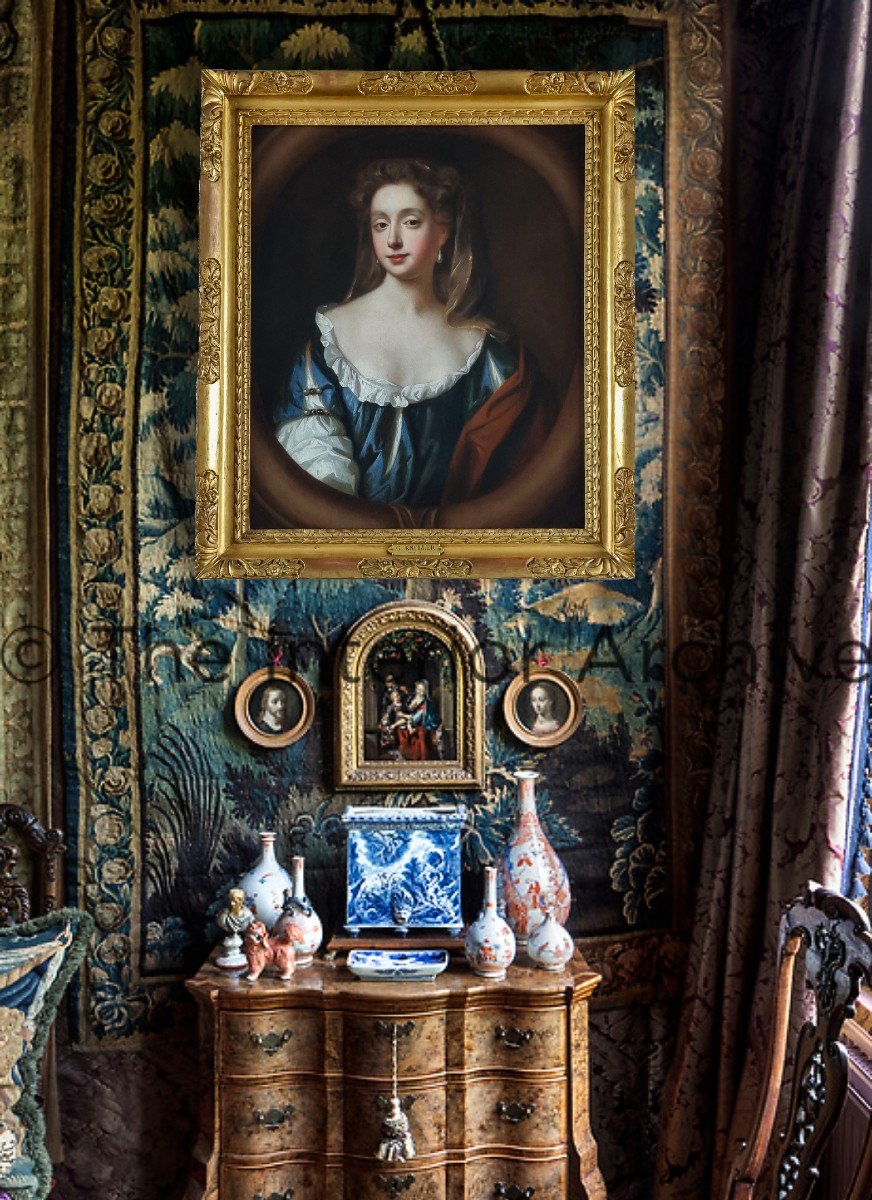

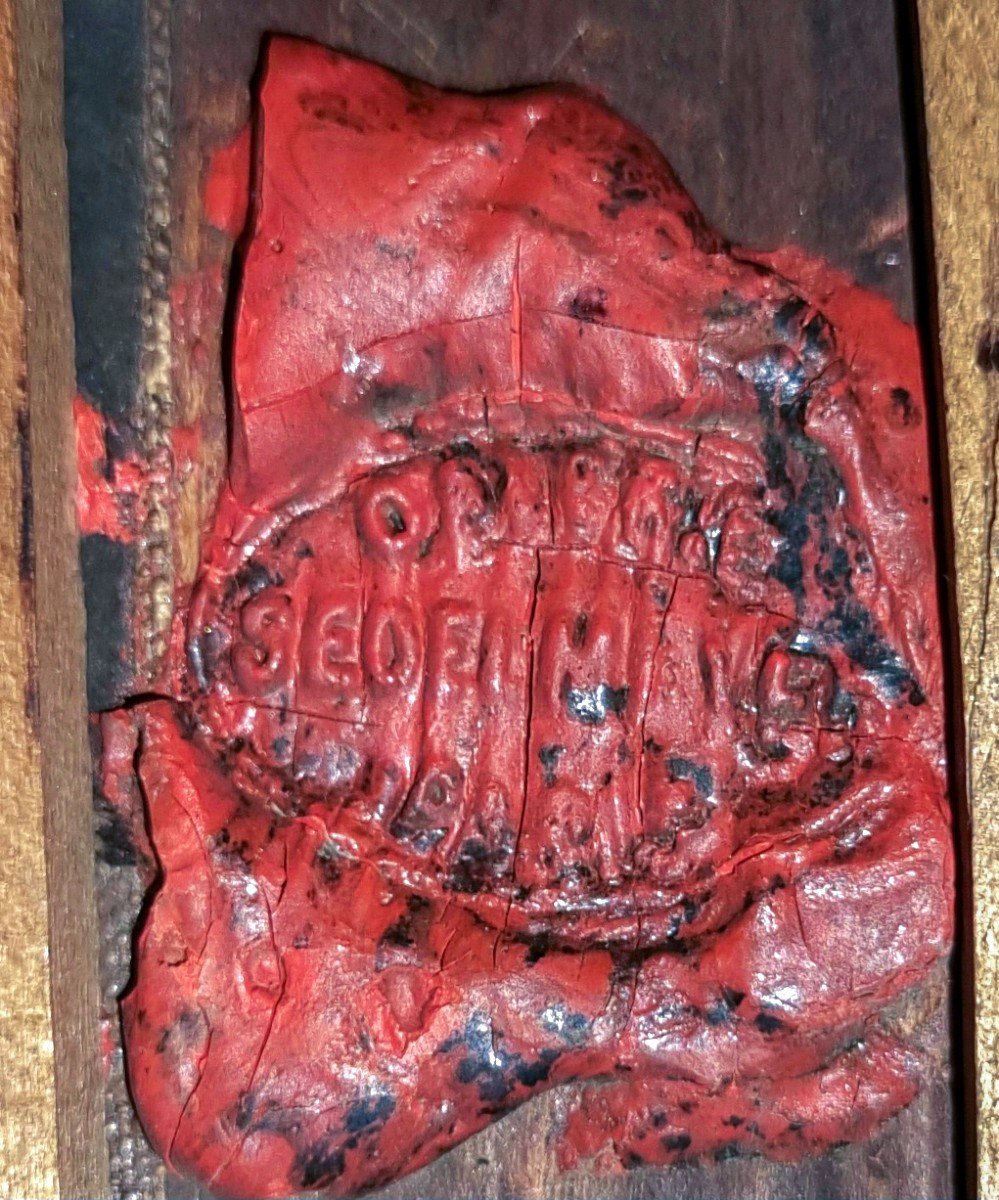
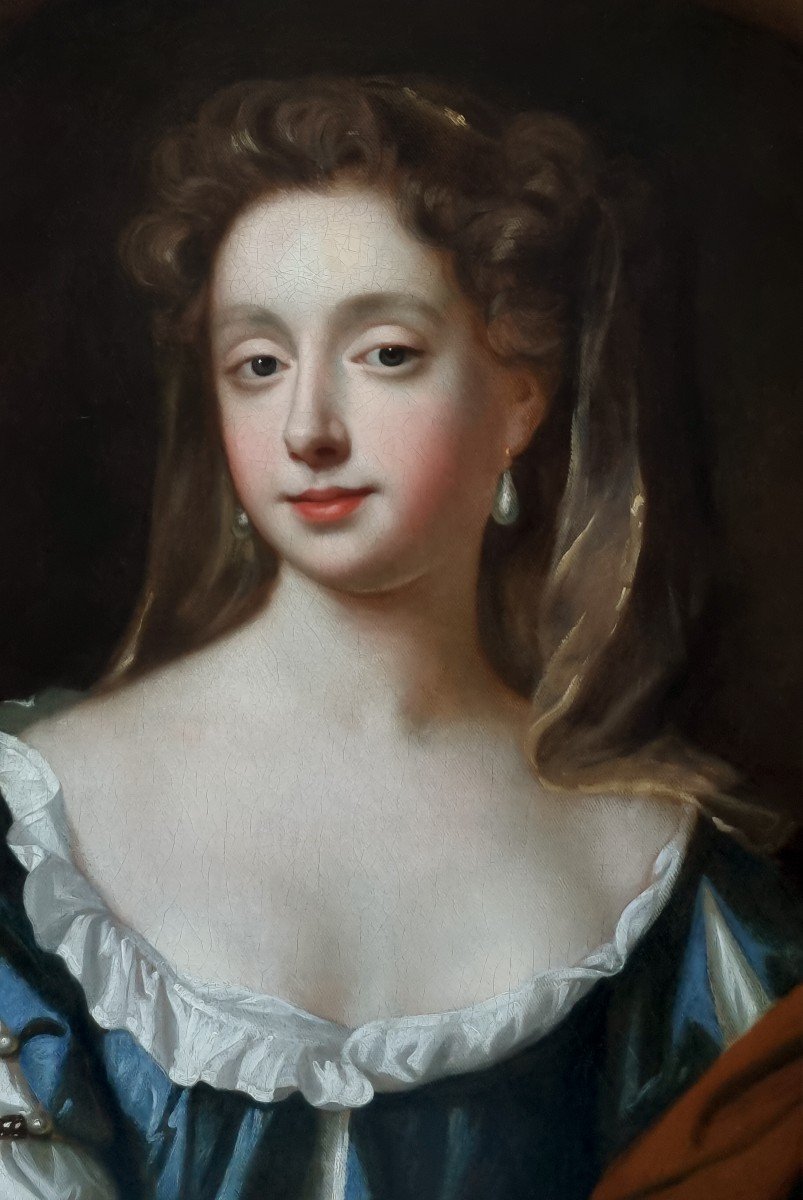
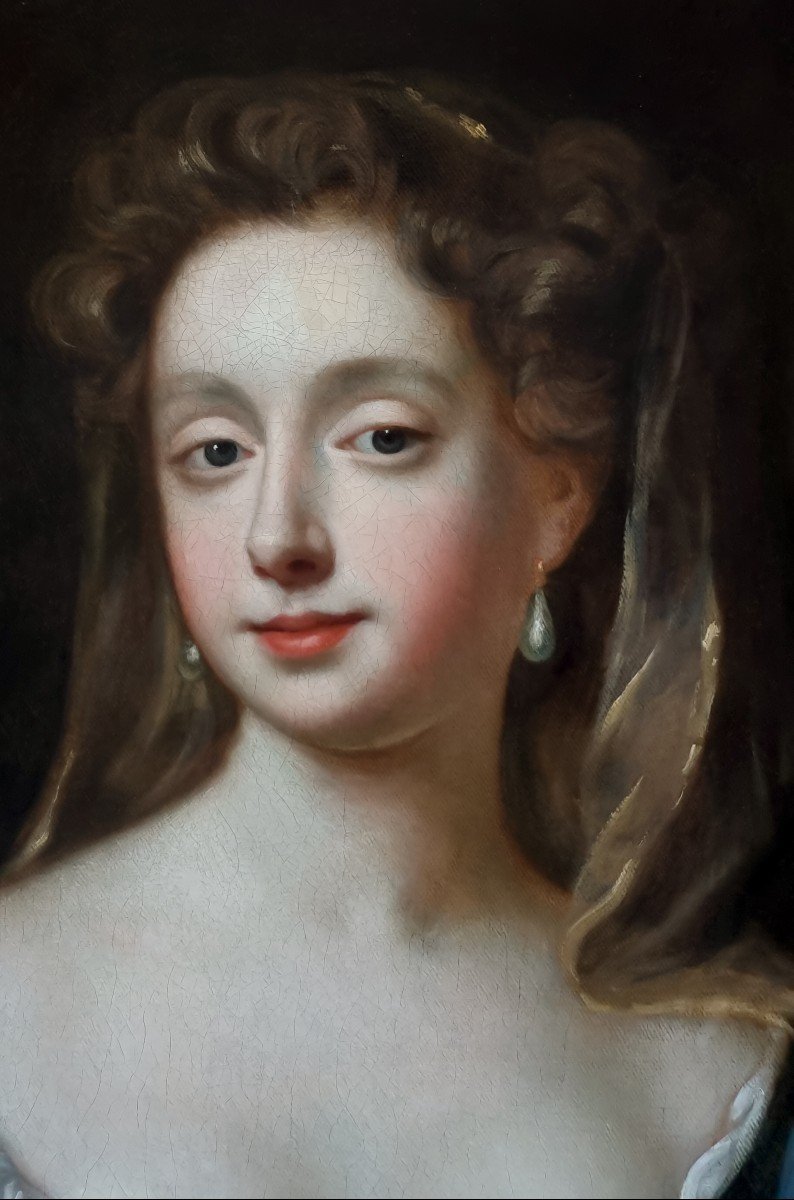
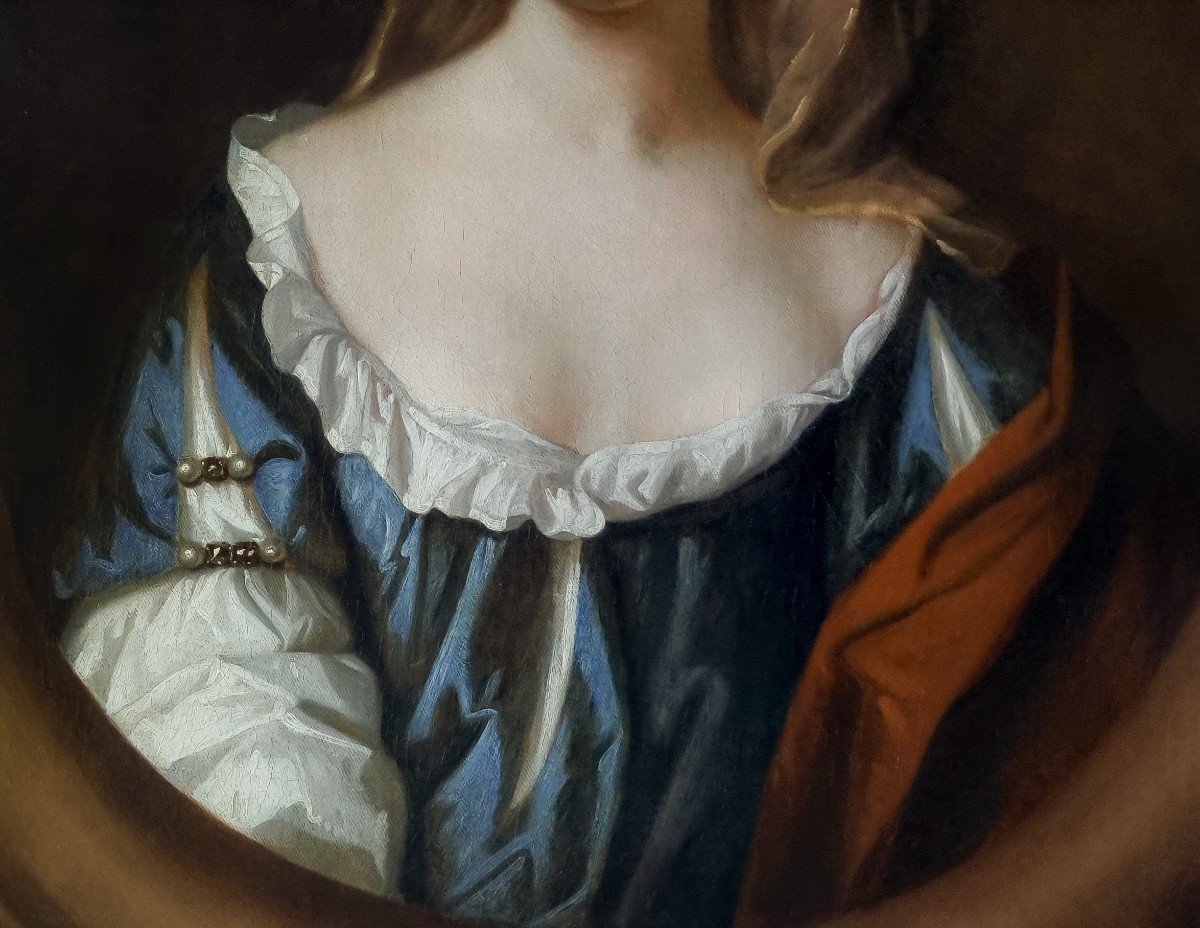
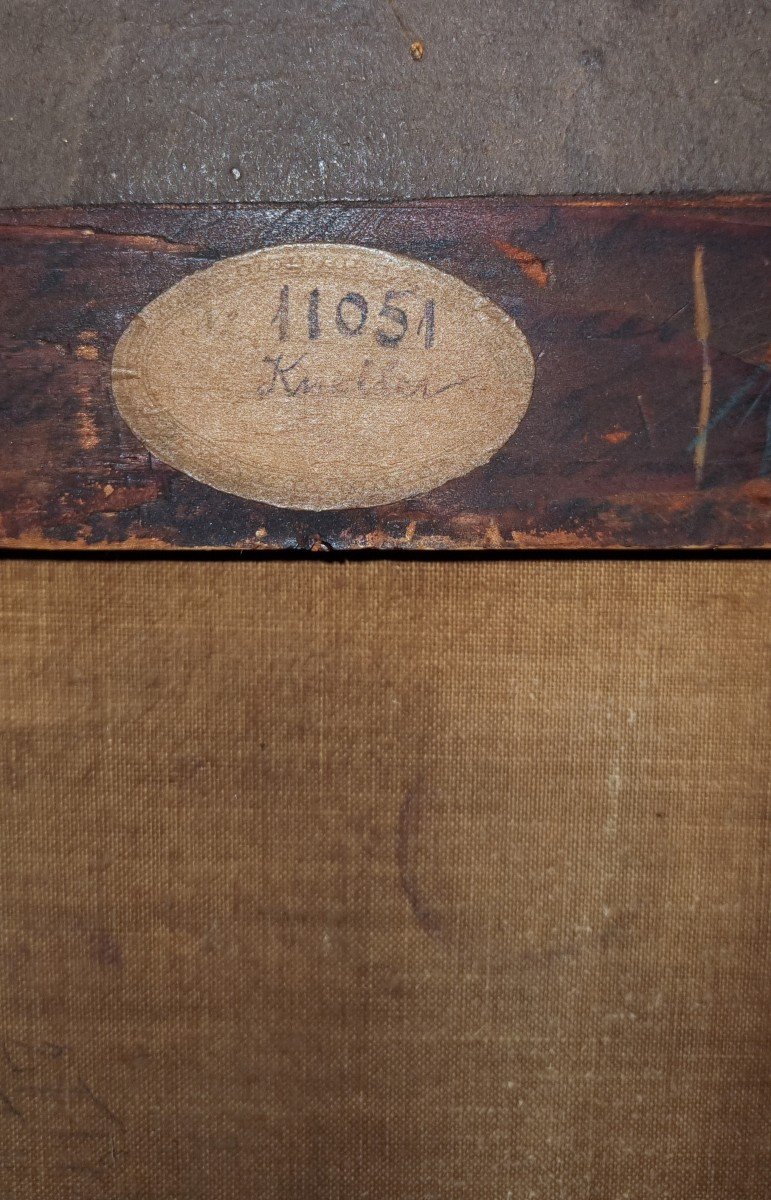

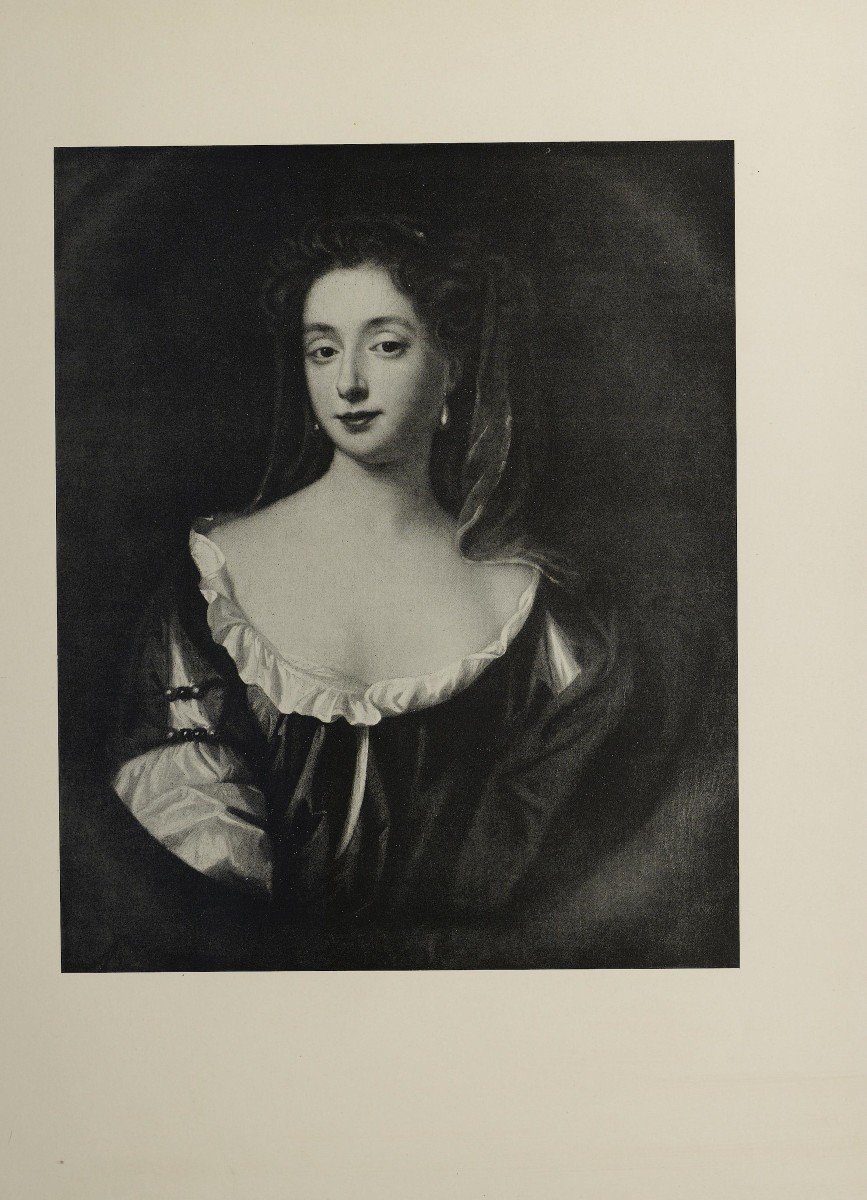

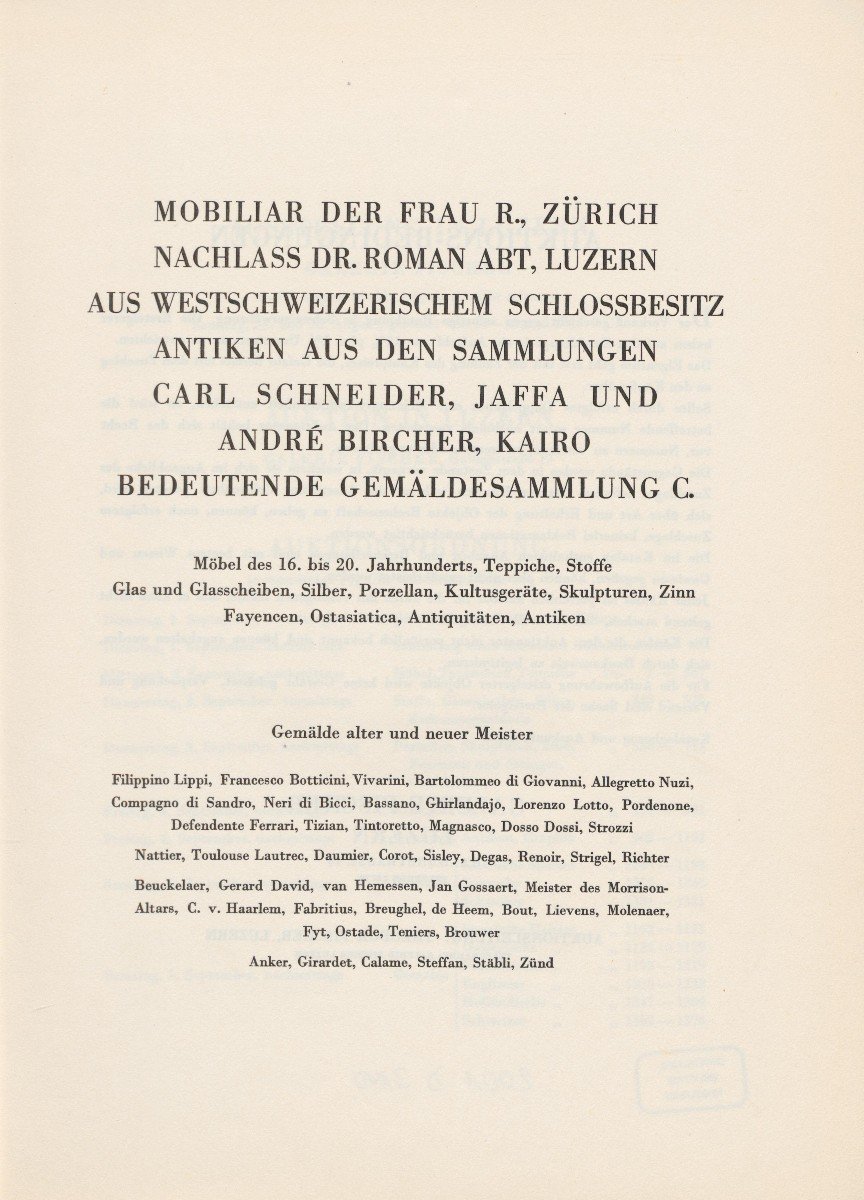



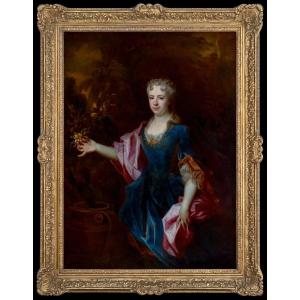


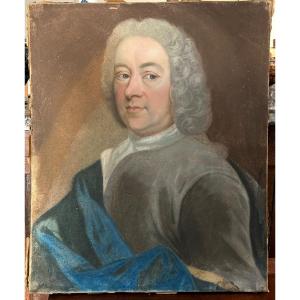

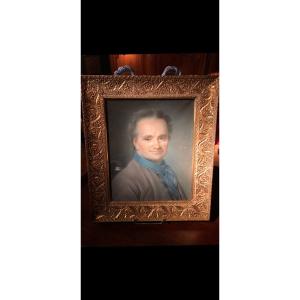
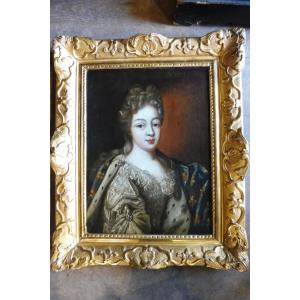
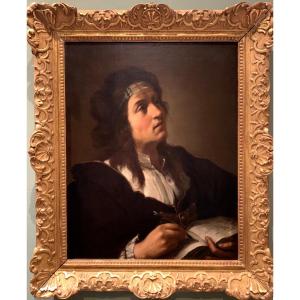




 Le Magazine de PROANTIC
Le Magazine de PROANTIC TRÉSORS Magazine
TRÉSORS Magazine Rivista Artiquariato
Rivista Artiquariato
